An Integrated Assessment of the Environmental and Economic Impact of Offshore Oil Platform Electrification
Abstract
:1. Introduction
2. The Offshore Area
3. Concepts for Offshore Heat and Power Supply
4. Methods
4.1. Process Modelling
4.2. Power System Modelling
4.3. CO2-Factor
4.4. Scenarios for the Long-Term Evaluation of the Energy System
4.5. Economic Analysis
5. Results
5.1. Results From the Power System Model
5.2. Results from the Integrated Analysis
6. Sensitivity Analysis
Impact of Different Scenarios
7. Conclusions
- The calculated impact of electrification on the total CO2 emissions is strongly affected by the approach chosen to evaluate the effect of an additional power demand on the power system.
- When the marginal effect is considered, the lifetime CO2 emissions associated with the operation of the offshore facilities increases with electrification up to about 40% (from 33.3 to 46.6 MtCO2). This is due to the large utilization of coal plants to meet the marginal increase in power demand.
- When the average effect is considered, the CO2 associated with the operation of the offshore facilities decreases significantly. Emission reductions included between 48% and 90% are obtained, depending on the geographical scope selected, with cumulative CO2 emissions as low as 3 MtCO2 being possible.
- Economic viability is reached if the electrification project can be developed with an additional capital investment lower than 1052 M€. The literature reports higher economic requirements for the electrification of the offshore area (1340 ± 400 M€).
- Different future development scenarios in the energy sector do not change the relative outcome of the environmental analysis of electrification.
- A strong European commitment to environmental policies would make electrification more advantageous in terms of environmental impact, but also more economically challenging.
Author Contributions
Funding
Acknowledgments
Conflicts of Interest
Abbreviations
| 450 | WEO “450 ppm” scenario |
| CAPEX | CAPital EXpenditure |
| CCGT | Combined Cycle Gas Turbine |
| CCS | Carbon Capture and Storage |
| CF | Cash Flow |
| CHP | Combined Heat and Power |
| CO2 | Carbon dioxide |
| CP | WEO “Current Policy” scenario |
| DCF | Discounted Cash Flow |
| EMPS | EFI’s Multi-area Power-market Simulator |
| ENTSO-E | European Network of Transmission System Operators for Electricity |
| ETS | Emission Trading System |
| EU | European Commission |
| GT | Gas Turbine |
| IEA | International Energy Agency |
| LHV | Lower Heating Value |
| NP | WEO “New Policy” scenario |
| NPV | Net Present Value |
| OCGT | Open Cycle Gas Turbine |
| PFS | Power From Shore |
| TYNDP | Ten-Year Network Development Plant |
| WEO | World Energy Outlook |
| WHRU | Waste Heat Recovery Unit |
References
- IEA. World Energy Outlook 2016; International Energy Agency: Paris, France, 2016; pp. 1–684. [Google Scholar]
- The Ministry of Petroleum and Energy Oil and Gas 2018. Available online: https://www.regjeringen.no/en/topics/energy/oil-and-gas/id1003/ (accessed on 30 August 2018).
- Statistisk Sentralbyrå Emissions of Greenhouse Gases 2018. Available online: https://www.ssb.no/en/natur-og-miljo/statistikker/klimagassn/aar-endelige (accessed on 11 December 2018).
- Nguyen, T.-V.; Voldsund, M.; Breuhaus, P.; Elmegaard, B. Energy efficiency measures for offshore oil and gas platforms. Energy 2016, 117, 325–340. [Google Scholar] [CrossRef] [Green Version]
- Nguyen, T.-V.; Pierobon, L.; Elmegaard, B.; Haglind, F.; Breuhaus, P.; Voldsund, M. Exergetic assessment of energy systems on North Sea oil and gas platforms. Energy 2013, 62, 23–26. [Google Scholar] [CrossRef]
- Nord, L.O.; Bolland, O. Steam bottoming cycles offshore-Challenges and possibilities. J. Power Technol. 2012, 92, 201–207. [Google Scholar]
- Pierobon, L.; Benato, A.; Scolari, E.; Haglind, F.; Stoppato, A. Waste heat recovery technologies for offshore platforms. Appl. Energy 2014, 136, 228–241. [Google Scholar] [CrossRef] [Green Version]
- Pierobon, L.; Van, N.T.; Larsen, U.; Haglind, F.; Elmegaard, B. Multi-objective optimization of organic Rankine cycles for waste heat recovery: Application in an offshore platform. Energy 2013, 58, 538–549. [Google Scholar] [CrossRef] [Green Version]
- Nami, H.; Ertesvåg, I.S.; Agromayor, R.; Riboldi, L.; Nord, L.O. Gas turbine exhaust gas heat recovery by organic Rankine cycles (ORC) for offshore combined heat and power applications-Energy and exergy analysis. Energy 2018, 165, 1060–1071. [Google Scholar] [CrossRef]
- Nord, L.O.; Martelli, E.; Bolland, O. Weight and power optimization of steam bottoming cycle for offshore oil and gas installations. Energy 2014, 76, 891–898. [Google Scholar] [CrossRef] [Green Version]
- Riboldi, L.; Nord, L.O. Lifetime assessment of combined cycles for cogeneration of power and heat in offshore oil and gas installations. Energies 2017, 10, 744. [Google Scholar] [CrossRef]
- Riboldi, L.; Nord, L.O. Optimal design of flexible power cycles through Kriging-based surrogate models. In Proceedings of the ASME Turbo Expo 2018: Turbomachinery Technical Conference and Exposition, Oslo, Norway, 11–15 June 2018. [Google Scholar]
- Nguyen, T.V.; Tock, L.; Breuhaus, P.; Maréchal, F.; Elmegaard, B. Oil and gas platforms with steam bottoming cycles: System integration and thermoenvironomic evaluation. Appl. Energy 2014, 131, 222–237. [Google Scholar] [CrossRef] [Green Version]
- Nord, L.O.; Montañés, R.M. Compact steam bottoming cycles: Model validation with plant data and evaluation of control strategies for fast load changes. Appl. Therm. Eng. 2018, 142, 334–345. [Google Scholar] [CrossRef]
- Kloster, P. Energy optimization on offshore installations with emphasis on offshore and combined cycle plants. In Proceedings of the Offshore EUROPE Conference, Aberdeen, UK, 7–10 September 1999; pp. 1–9. [Google Scholar]
- Riboldi, L.; Nord, L.O. Concepts for lifetime efficient supply of power and heat to offshore installations in the North Sea. Energy Convers. Manag. 2017, 148, 860–875. [Google Scholar] [CrossRef]
- Nguyen, T.-V.; Tock, L.; Breuhaus, P.; Maréchal, F.; Elmegaard, B. CO2-mitigation options for the offshore oil and gas sector. Appl. Energy 2016, 161, 673–694. [Google Scholar] [CrossRef]
- Nord, L.O.; Anantharaman, R.; Chikukwa, A.; Mejdell, T. CCS on Offshore Oil and Gas Installation-Design of Post-Combustion Capture System and Steam Cycle. Energy Procedia 2017, 144, 6650–6659. [Google Scholar] [CrossRef]
- Roussanaly, S.; Aasen, A.; Anatharaman, R.; Danielsen, B.; Jakobsen, J.; Heme-De-Lacotte, L.; Neji, G.; Sødal, A.; Wahl, P.E.; Vrana, T.K.; et al. Offshore power generation with CCS to decarbonise mainland electricity and offshore oil and gas installations: A techno-economic analysis. Appl. Energy 2018, in press. [Google Scholar]
- Korpås, M.; Warland, L.; He, W.; Tande, J.O.G. A case-study on offshore wind power supply to oil and gas rigs. Energy Procedia 2012, 24, 18–26. [Google Scholar] [CrossRef]
- Orlandini, V.; Pierobon, L.; Schløer, S.; De Pascale, A.; Haglind, F. Dynamic performance of a novel offshore power system integrated with a wind farm. Energy 2016, 109, 236–247. [Google Scholar] [CrossRef] [Green Version]
- Riboldi, L.; Nord, L.O. Offshore Power Plants Integrating a Wind Farm: Design Optimisation and Techno-Economic Assessment Based on Surrogate Modelling. Processes 2018, 6, 249. [Google Scholar] [CrossRef]
- Leporini, M.; Marchetti, B.; Corvaro, F.; Polonara, F. Reconversion of offshore oil and gas platforms into renewable energy sites production: Assessment of different scenarios. Renew. Energy 2019, 135, 1121–1132. [Google Scholar] [CrossRef]
- Sedlar, D.K.; Vulin, D.; Krajačić, G.; Jukić, L. Offshore gas production infrastructure reutilisation for blue energy production. Renew. Sustain. Energy Rev. 2019, 108, 159–174. [Google Scholar] [CrossRef]
- Devold, H.; Moen, T.E.; Maland, A. Process Electrification and Offshore Grid Systems. In Proceedings of the Offshore Technology Conference, Houston, TX, USA, 2–5 May 2016. [Google Scholar]
- Lundin Norway AS, Wintershall, RWE. Plan for Utbygging, Anlegg Og Drift av Luno-Del 2: Konsekvensutredning; Lundin Norway AS: Oslo, Norway, 2011. [Google Scholar]
- Det norske oljeselskap ASA. Plan for Utbygging Og Drift av Ivar Aasen-Del 2: Konsekvensutredning; Det norske oljeselskap ASA: Oslo, Norway, 2012. [Google Scholar]
- Statoil. Plan for Utbygging, Anlegg Og Drift Av DAGNY Og Eirin; Statoil: Stavanger, Norway, 2012. [Google Scholar]
- Statoil. Power Solutions for Johan Sverdrup Field in Phase 1 and for Full Field; Statoil: Stavanger, Norway, 2014. [Google Scholar]
- The MathWorks Inc. MATLAB R2015a; The MathWorks Inc.: Natick, MA, USA, 2015. [Google Scholar]
- Thermoflow Inc. Thermoflex Version 26.0; Fayville: Southborough, MA, USA, 2016. [Google Scholar]
- Wolfgang, O.; Haugstad, A.; Mo, B.; Gjelsvik, A.; Wangensteen, I.; Doorman, G. Hydro reservoir handling in Norway before and after deregulation. Energy 2009, 34, 1642–1651. [Google Scholar] [CrossRef]
- SUSPLAN. Development of Regional and Pan-European Guidelines for More Efficient Integration of Renewable Energy into Future Infrastructures. Available online: https://cordis.europa.eu/project/rcn/90323_de.html (accessed on 21 September 2018).
- Capros, P.; De Vita, A.; Tasios, N.; Siskos, P.; Kannavou, M.; Petropoulos, A.; Evangelopoulou, S.; Zampara, M.; Papadopoulos, D.; Nakos, C.; et al. EU Reference Scenario 2016: Energy, Transport and GHG Emissions Trends to 2050; Directorate-General for Energy: Brussels, Belgium, 2016; ISBN 978-92-79-52373-1. [Google Scholar]
- NTSO-E. Ten-Year Network Development Plan 2010–2020. Scenario 2010, 1–287. [Google Scholar]
- European Commission. EU Reference Scenario 2016 Presentation. Energy, Transp GHG Emiss-Trends to 2050; International Institute for Applied Systems Analysis: Laxenburg, Austria, 2014. [Google Scholar]
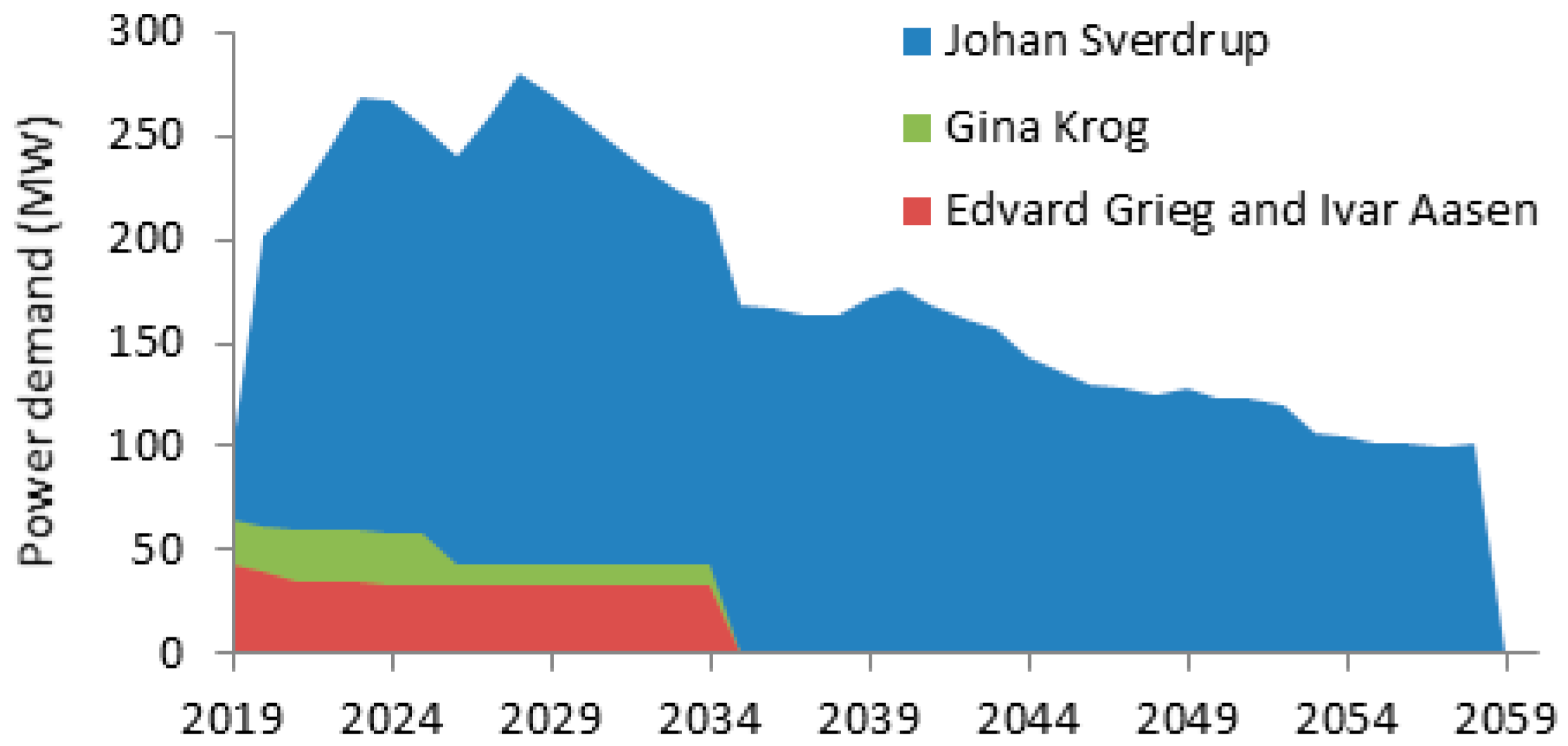
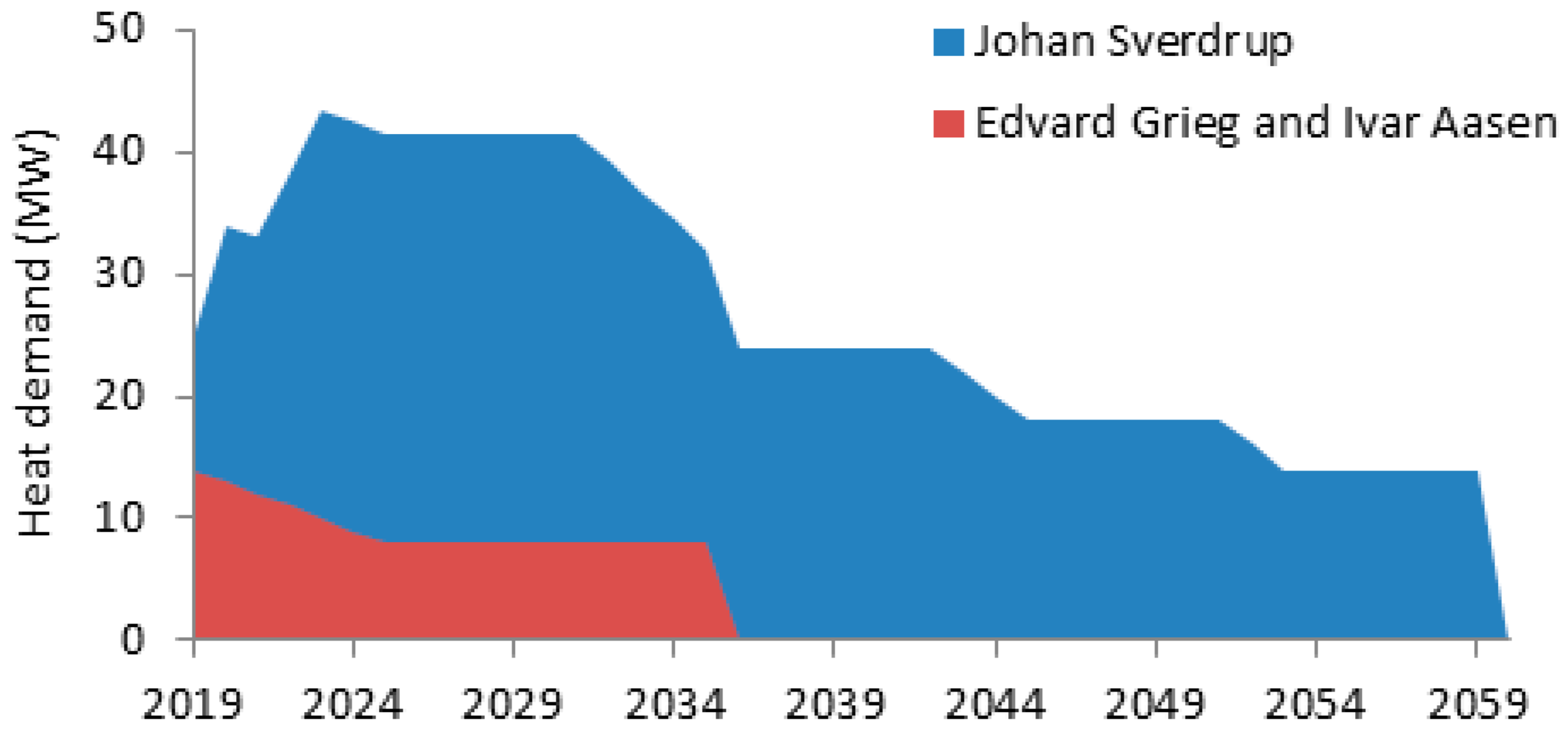
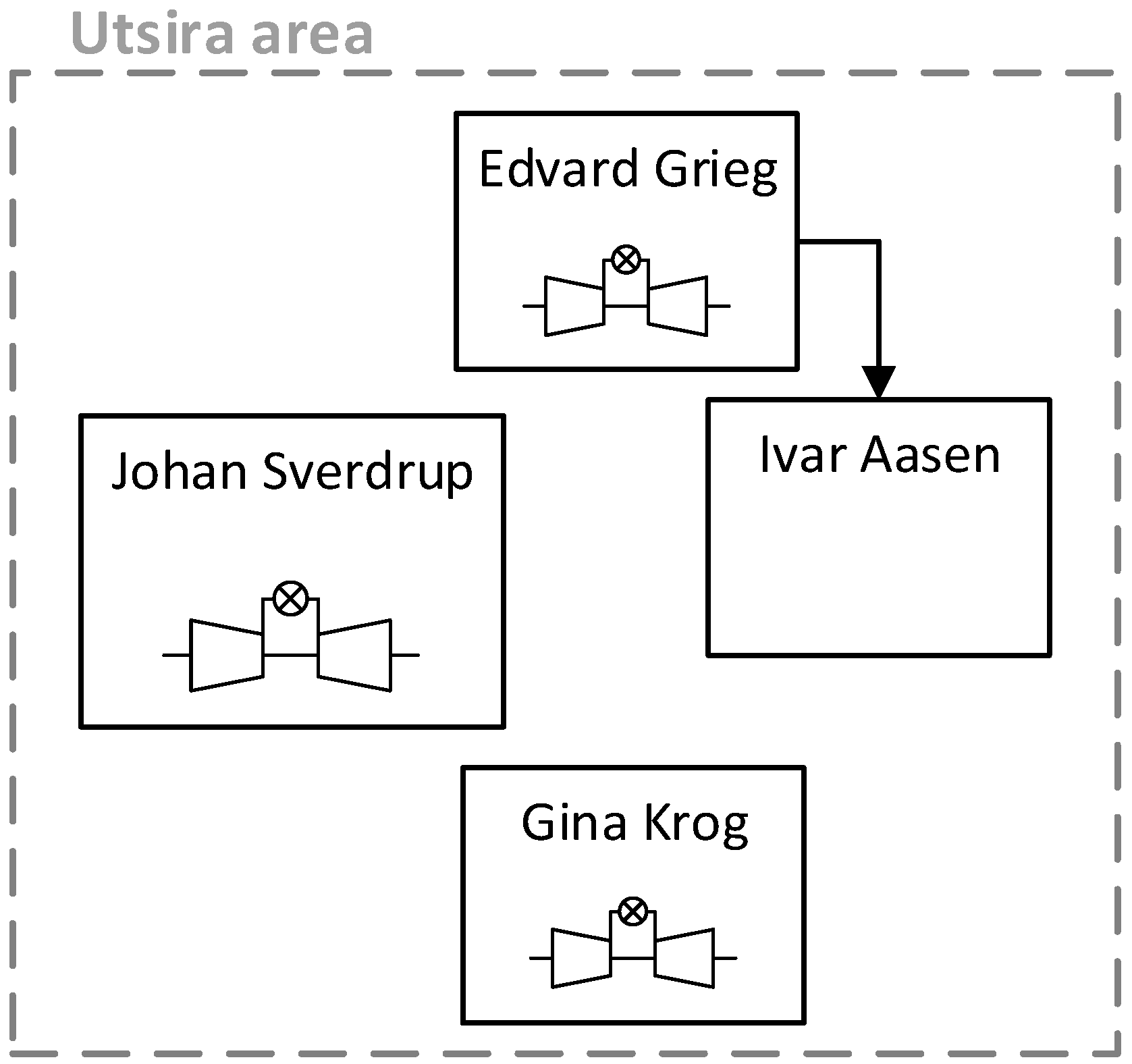
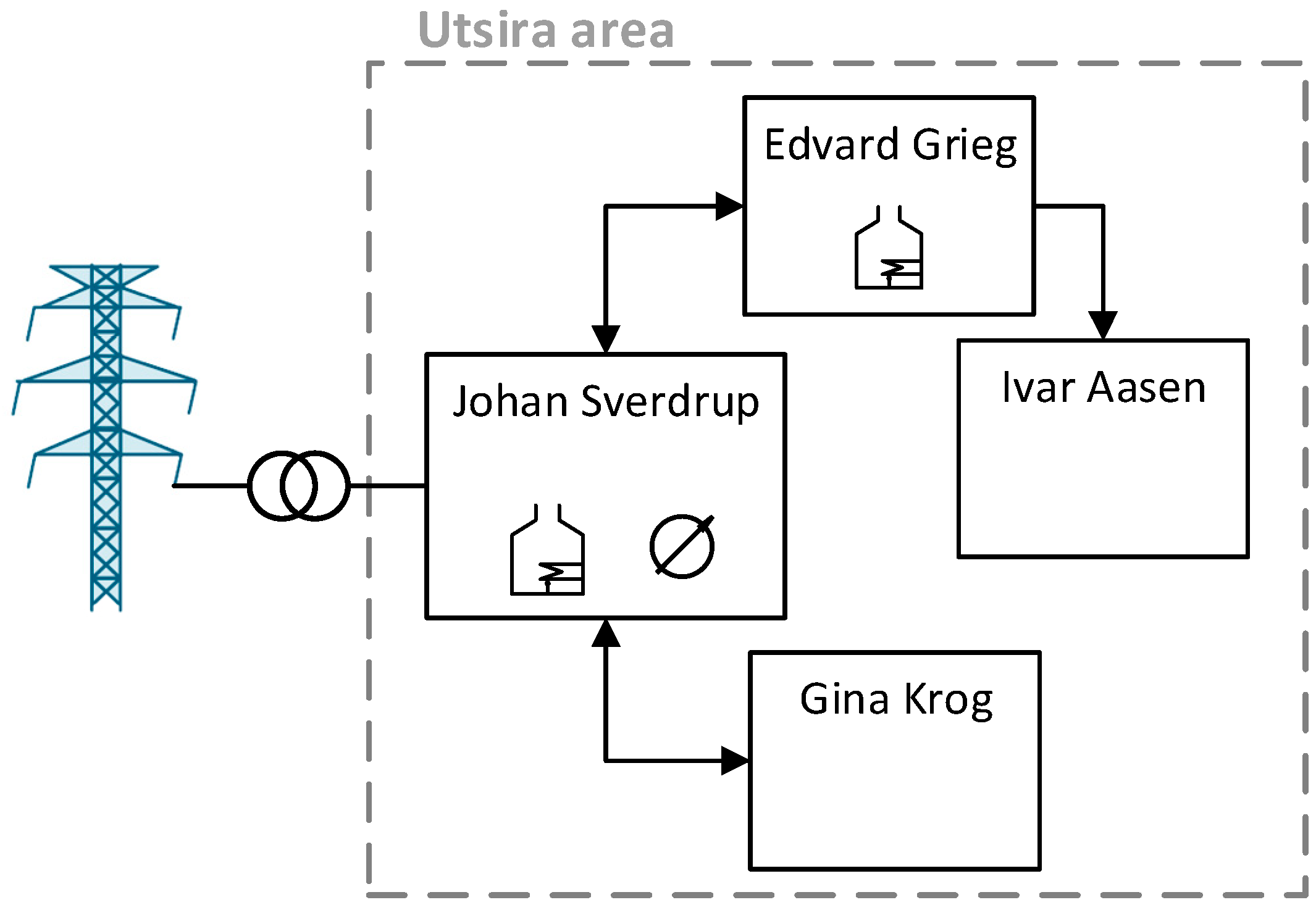


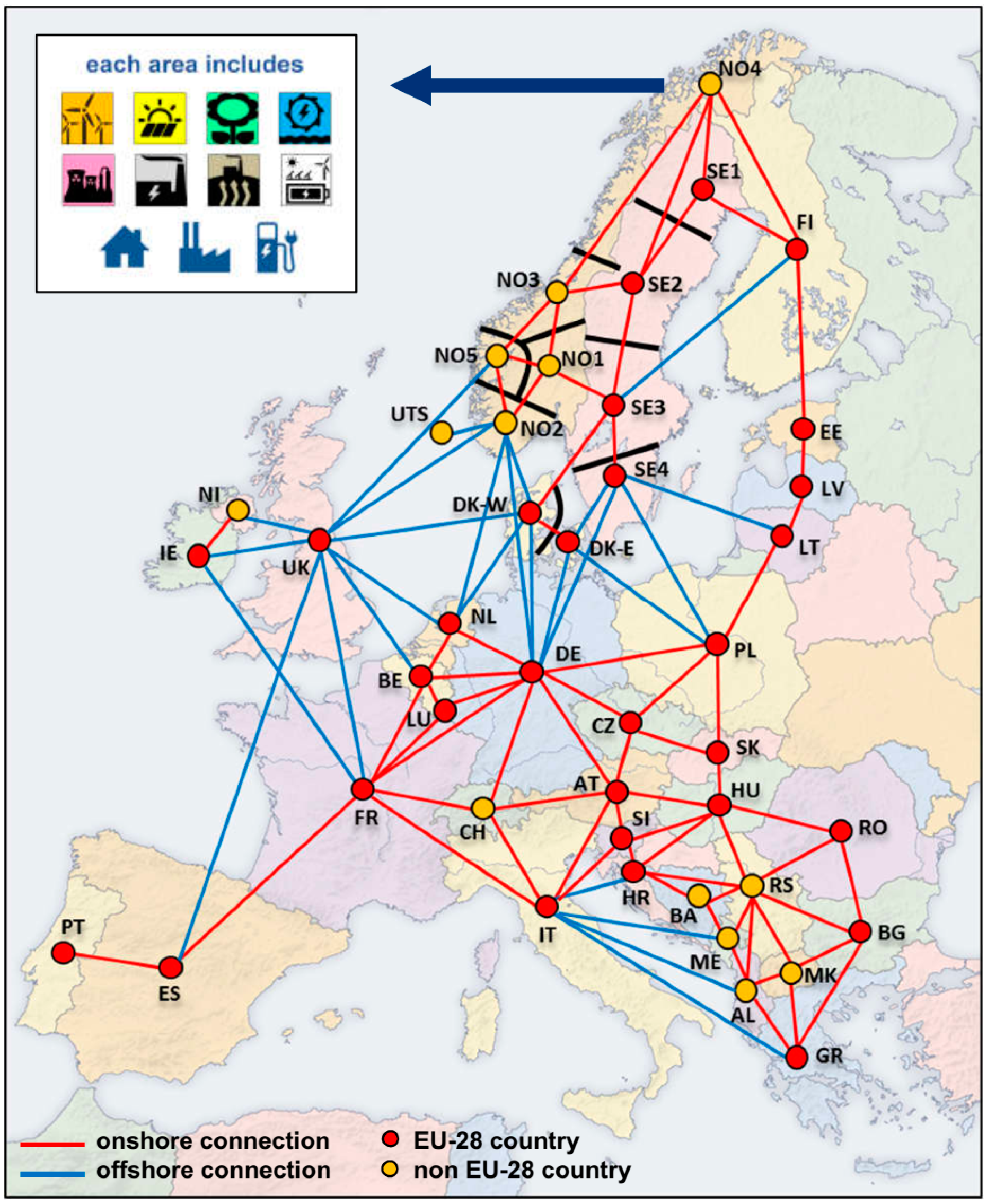

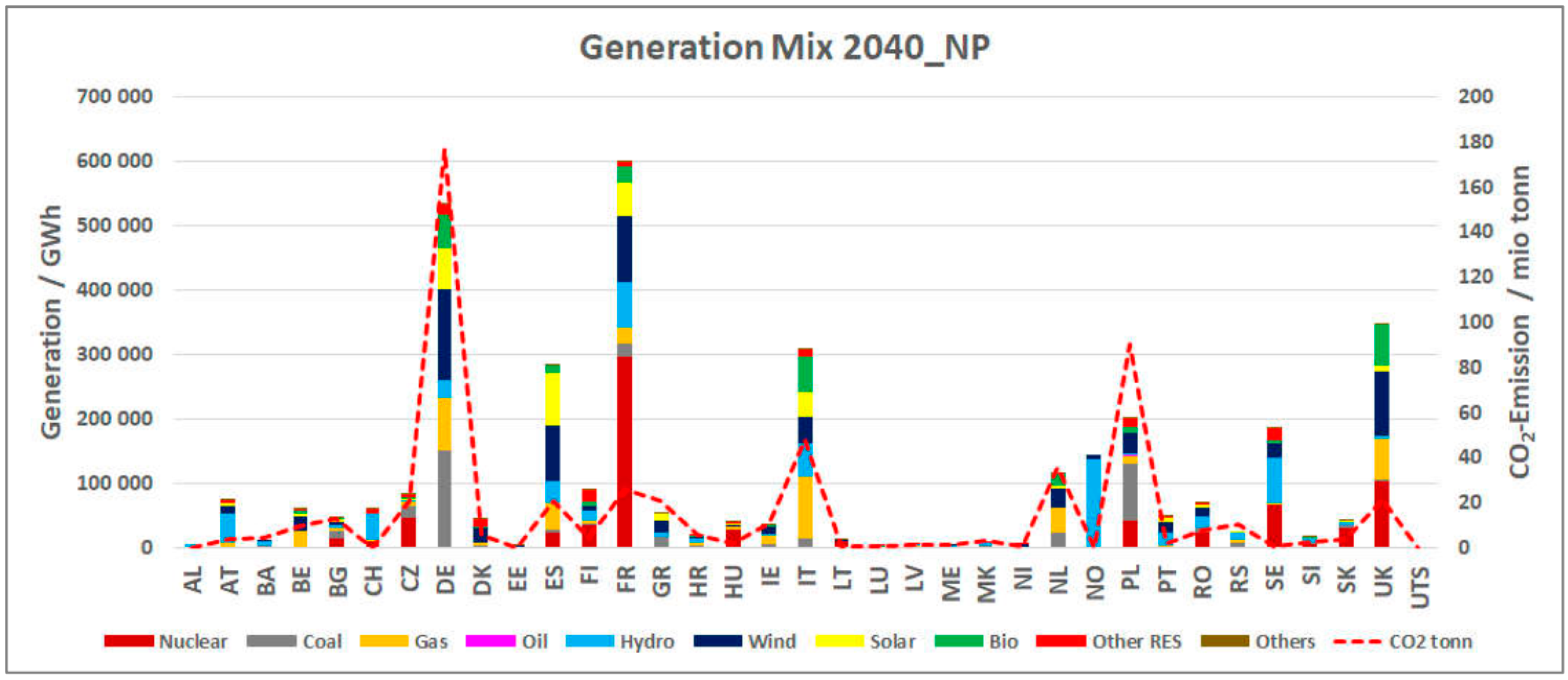
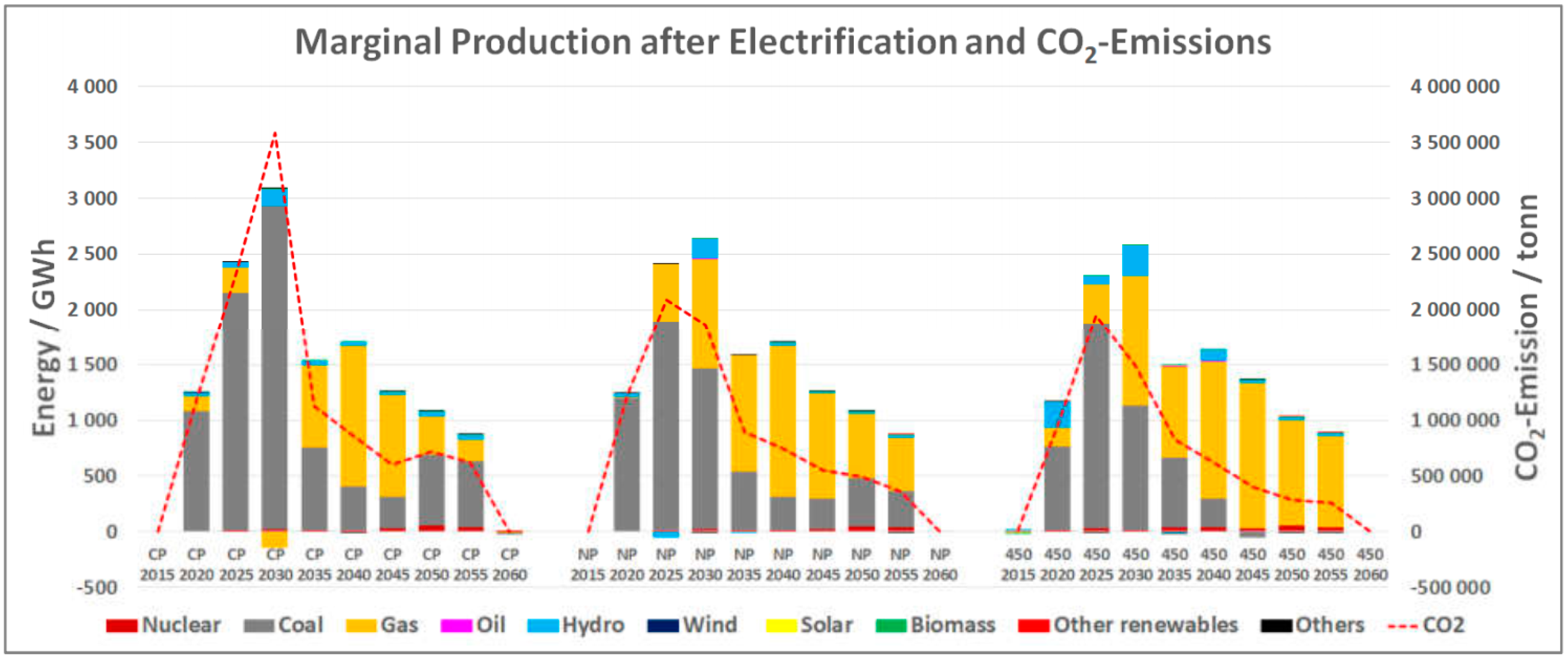
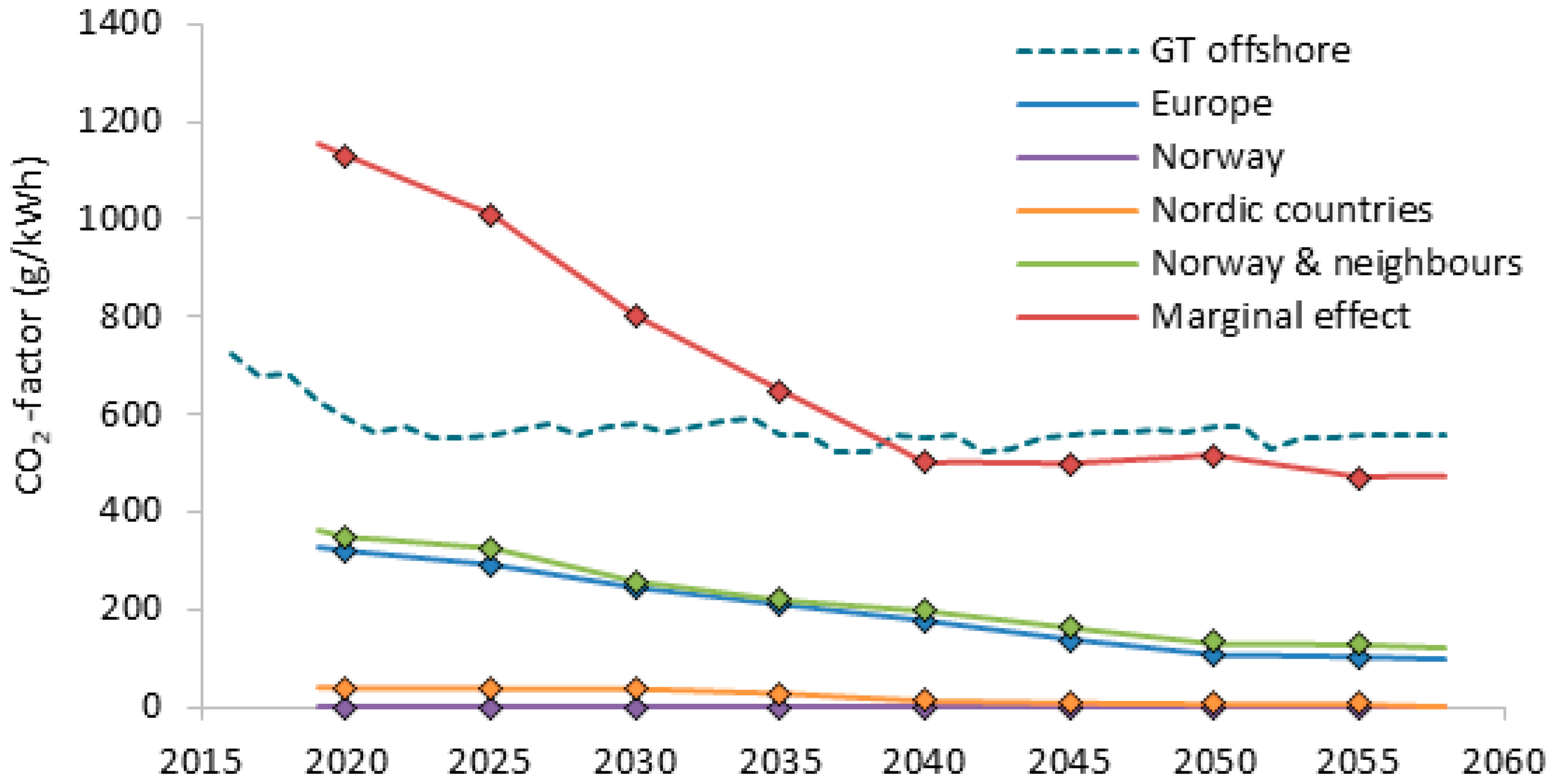


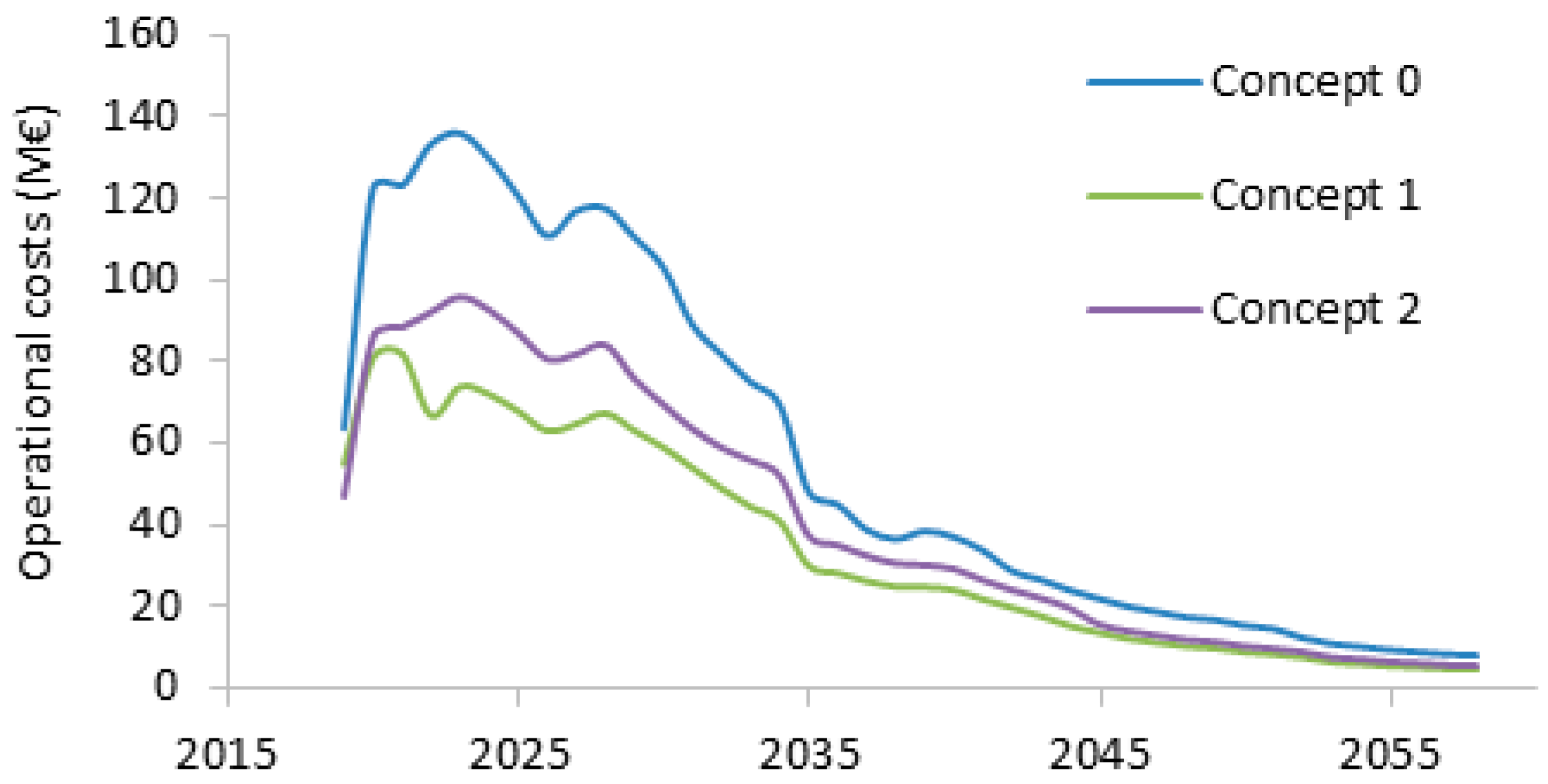
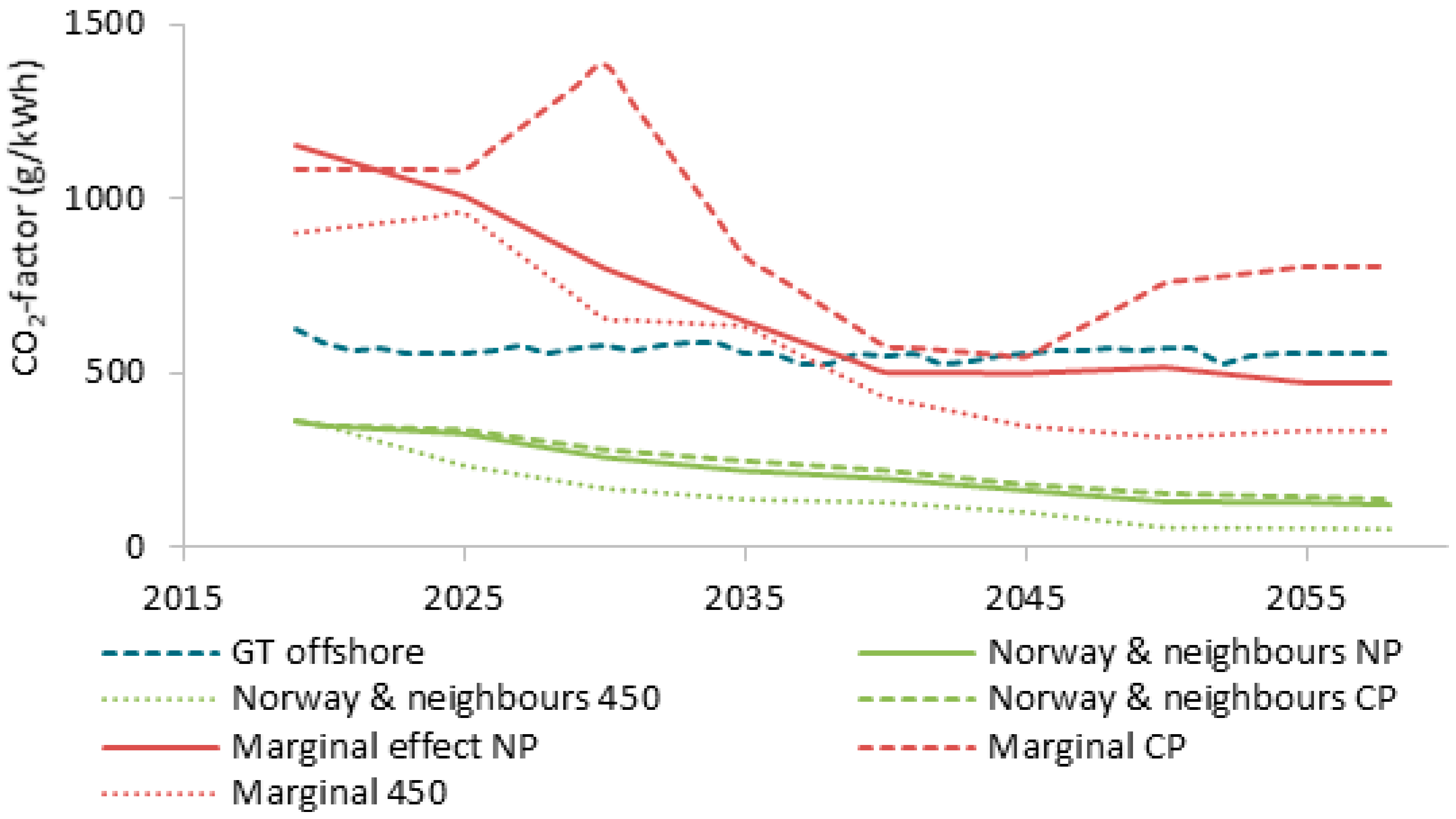
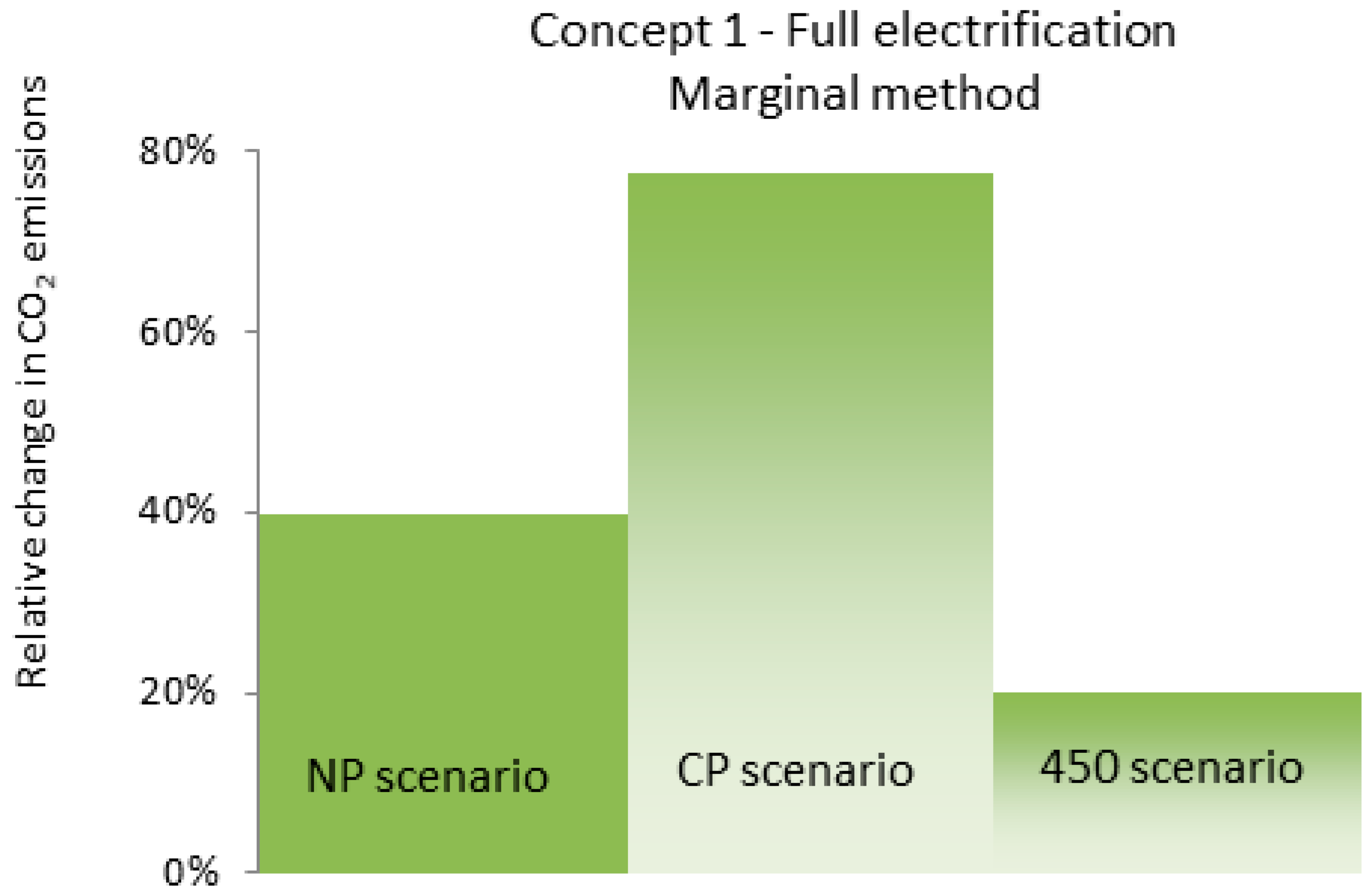
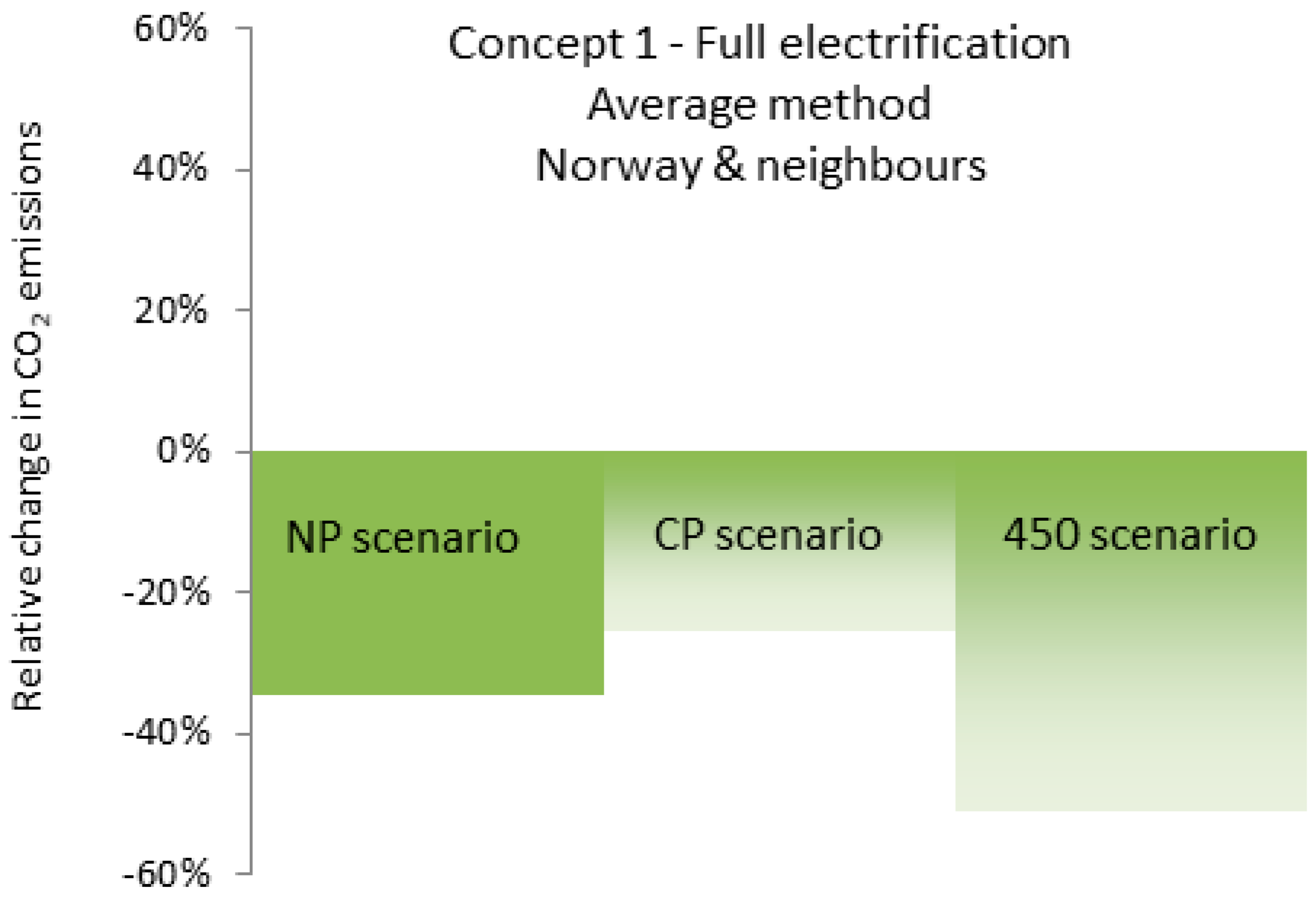
| Site | Gas Turbines | ||
| Ambient T (°C) | 9.4 | GT fuel | Production gas |
| Ambient P (bar) | 1.013 | LHV (MJ/kg) | 47.4 |
| Frequency (Hz) | 60 | GT inlet Δp (mbar) | 10 |
| Cooling water system | Direct sea water cooling | GT exhaust Δp (mbar) | 10 |
| Cooling water T (°C) | 10 | Waste Heat Recovery Unit | |
| Natural Gas (%vol.) | Tube material | T11 | |
| CH4 | 72.9 | Fin material | T409 |
| C2H6 | 13.6 | Fin type | Solid |
| C3H8 | 8.3 | Tube layout | Staggered |
| N2 | 1.6 | Water Loop | |
| CO2 | 0.2 | Inlet water T (°C) | 120 |
| n-C4H10 | 1.8 | Outlet water T (°C) | 170 |
| i-C4H10 | 0.9 | Electrification | |
| n-C5H12 | 0.3 | Transmission losses | 11% |
| i-C5H12 | 0.3 | Transformer efficiency | 99% |
| C6H14 + | 0.1 | Gas-Fired Heater | |
| - | - | Efficiency | 85% |
| - | - | Air Blower | |
| - | - | Isentropic efficiency | 85% |
| Major Equipment | Installed Units | Unit Cost (M€) | Total Cost (M€) | |
|---|---|---|---|---|
| Concept 0 | LM6000 PF | 6 | 23.2 | 139.4 |
| WHRU | 2 | 2.0 | 4.0 | |
| CAPEX → | 143.4 |
| CAPEXmax (M€) | EU Ref + NP |
|---|---|
| Concept 0 | - |
| Concept 1 | 1052 |
| Concept 2 | 759 |
© 2019 by the authors. Licensee MDPI, Basel, Switzerland. This article is an open access article distributed under the terms and conditions of the Creative Commons Attribution (CC BY) license (http://creativecommons.org/licenses/by/4.0/).
Share and Cite
Riboldi, L.; Völler, S.; Korpås, M.; Nord, L.O. An Integrated Assessment of the Environmental and Economic Impact of Offshore Oil Platform Electrification. Energies 2019, 12, 2114. https://doi.org/10.3390/en12112114
Riboldi L, Völler S, Korpås M, Nord LO. An Integrated Assessment of the Environmental and Economic Impact of Offshore Oil Platform Electrification. Energies. 2019; 12(11):2114. https://doi.org/10.3390/en12112114
Chicago/Turabian StyleRiboldi, Luca, Steve Völler, Magnus Korpås, and Lars O. Nord. 2019. "An Integrated Assessment of the Environmental and Economic Impact of Offshore Oil Platform Electrification" Energies 12, no. 11: 2114. https://doi.org/10.3390/en12112114
APA StyleRiboldi, L., Völler, S., Korpås, M., & Nord, L. O. (2019). An Integrated Assessment of the Environmental and Economic Impact of Offshore Oil Platform Electrification. Energies, 12(11), 2114. https://doi.org/10.3390/en12112114






